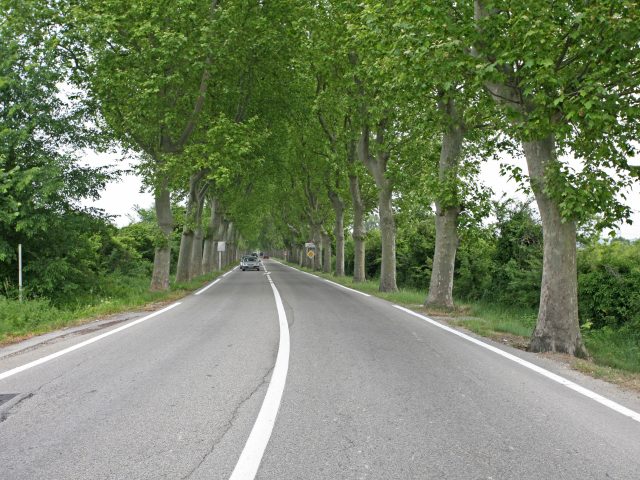Opinion: Back to school wearing masks, so how about some more protected bike lanes?
Ellen Townsend, Policy Director
After the extraordinary period of lockdown, and an unprecedented 36% drop in road deaths in the EU, extraordinary measures are now being taken to get society and the economy back to normal, or rather, a new kind of normal.
Cinemas and theatres are starting to reopen, with lots of empty seats to maintain social distancing. In Brussels, as I write this, it is now mandatory to wear a mask when outside, unless you are involved in a sporting activity. It is now the norm to use alcohol gel when you enter or exit a shop or restaurant. The unimaginable has become the everyday.
While we can debate the details of some of the measures being put in place – it is clear that overall the scale of the response is necessary to protect public health, and particularly the most vulnerable.
But as we send our children back to school, and people begin returning to offices, isn’t it time for policymakers to take a long hard look at how we protect people, and again, the most vulnerable, on our roads?
In many countries we will be asking our teenage children to wear masks in school, but how many will be able to walk or cycle safely to school along protected cycle paths or pavements?
In town centres, pedestrians are being told to walk along one-way pavements to maintain social distancing. But how many of those streets still have 50 km/h limits, and therefore a much higher risk of death compared to 30 km/h? The latest data from Germany has reaffirmed that around a third of road deaths are linked to inappropriate speed.
Despite an obesity epidemic, recently also shown to increase the risk of death from Covid-19 by almost 50%, transport policy in too many countries is still driven by a model designed to keep people in their cars.
But there are grounds for optimism, at the local, national and EU level. The pandemic has accelerated moves towards safer speeds and safer infrastructure in many towns and cities. The European Cyclists Federation has created a leaderboard of those that are leading the charge on new cycling infrastructure. The UK has recently announced a major new strategy to increase cycling, and make it safer. These initiatives should be applauded. However, recent data from Berlin, which has boosted cycling infrastructure during the pandemic, is worrying. While cycling has increased, car and freight traffic has not gone down, compounded by an unwillingness of people to return to public transport. Deaths are going up, not down. We must be mindful that one-off measures will not be enough, we need a transformation to a safe system and that is about much more than pop-up cycle lanes.
Here in Brussels, the German presidency of the EU has been underway since 1 July. ETSC is calling for safety to be a major part of upcoming initiatives on smart mobility, urban mobility and in discussions over the Green New Deal, together with financing for the latter through the next EU budget. Funding will be crucial.
The Commission, in its pandemic exit strategy for mobility, “encourages and supports the development and implementation of new urban mobility solutions and measures to facilitate active, collective and shared mobility in a safe manner, and to ensure trust among citizens.” These are the right words. Now it’s time for action.








